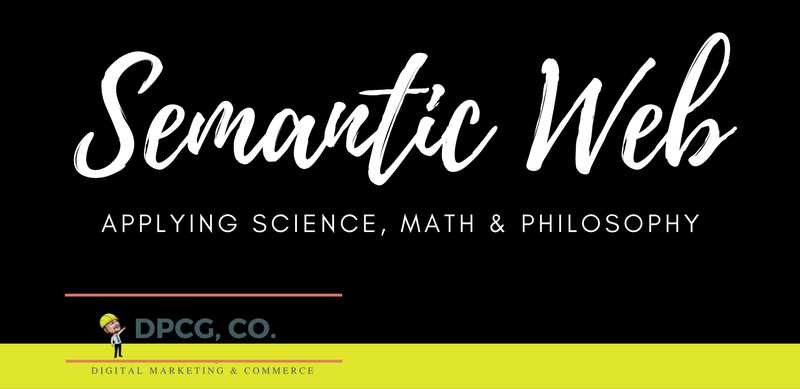
There are approximately 171,476 words in the English language. These words are the ontologies mankind has given to any given thing. For example: “The Brooklyn Bridge” is a semantic organization of words and sentence syntax. You envision this as a single entity made up of locations and roadway transportation terminology. Diving deeper into philosophy is yet another term called, “Taxonomy”. Taxonomy gives classification to a thing. “the bird is blue”. The taxonomy of this bird in this cluster has a taxonomical classification of blue.
Understanding Purpose, Structure & Emotion In Content
You are one step closer to understanding why you must write with purpose, structure and emotion. Not just software code structure to present your content. But, deliberate thought and planning in your creative process in describing to the rest of the world the thoughts you wish to convey. What it is that you do and feel- Communicating. Whether you are a startup or agency, you must have a plan. you must have actionable items and accountability. To oneself or even a writing team.
Purpose
What is the purpose of your content piece? What is it that you wish to achieve? Have you outlined the metrics you are going to measure? What tools will be used to garner statistical data that show you have met your metric goals? Stop right now and travel down to my comments section and share with everyone how you plan the purpose and metrics of a specific content piece?
Structure
Now, thanks to @bill_slawski – Semantic Topic Modeling, I am doing just that with purpose and drive. A work-in-progress spreadsheet I took the topic of homeopathy and began mapping taxonomies and ontologies. What remains is to apply more science and math to this organized document.
Co-Occurrence in semantic web is the frequency in which a phrase or word exist and is weighted. If I’m searching for carrot juice, the landing page should have a co-occurrence greater than one. Anything less may indicate that the entity isn’t the main topic of the page.
Bi-graph co-clustering is the mapping of two entities in separate ontologies. The Man In The Machine without context of semantic words might literally mean a human being within some sort of mechanical invention. So, we need to apply bipartite graph of clusters 1 from each to convey the exact meaning of our phrase using chromatic words. The least amount of words necessary on a bi-graph co-cluster.
One might collectivise dozens of words to describe both Steve Jobs and this movie. The chromatic number deduction might be “Steve Jobs – Biography – Movie”. A chromatic number in a bipartite graph is the least amount of color lines necessary to map co-occurrences within the vertex and is denoted by χ(G). This organization of words should also be applied to your blog structure. They often form visual funnels at the top of the page in the form of navigation elements and are measured in analytics by the click-through weight. Finding the right mix can often be described as prototype theory that I wrote in a research article on LinkedIn. An interesting theory how humans give weight to certain things and may place them in an entirely different taxonomy.

Emotion
A study conducted by the University of Glasgow in 2014 concluded that there are four basic human emotions. Although, I think my beloved family dog has 100! Woof! Those new tenants of emotion are:
- Anger
- Fear
- Happiness
- Sadness
The study reexamined the movement of over 42 facial muscle members. They eliminated two: Surprise & Disgust. Surprise activated the same facial muscles as fear. Disgust activated the same facial muscles as anger.
What our research shows is that not all facial muscles appear simultaneously during facial expressions, but rather develop over time supporting a hierarchical biologically-basic to socially-specific information over time. @rachaelejack
Use Google Trends To Capture Known Entities
When you add items to trends, look for TOPIC to be suggested rather than a keyword. Place these into the spreadsheet I linked above for creating your Semantic Topic Model. If you are writing about WordPress, that should be a tagged as related to an ontology ( category ) of Software. These known entities are a database of linked data kept by major search engines to fulfill the best answers to any given query.
You can use co-occurrence in your word clusters as well. “WordPress Plugin”, “WordPress Theme”, etc. The cluster is taken into context. Context can come from various signals: Outline headings and close proximity words to an anchor text with similar context or external source such as wikipedia. You can also cite scholarly articles!
Your content, no matter what you do, must become organized much like your local grocery store. Visualize it. Apply science, math and philosophy. And for pete’s sake! What aisle can I find the gnocchi on anyway!? I love to collaborate! Please reshare, retweet, name mention and discuss your thoughts and suggestion as we build better semantic structures through words! @DenverProphitJr
Citations
Semantic Topic Modeling for Search Queries at Google. (Bill Slawski )



